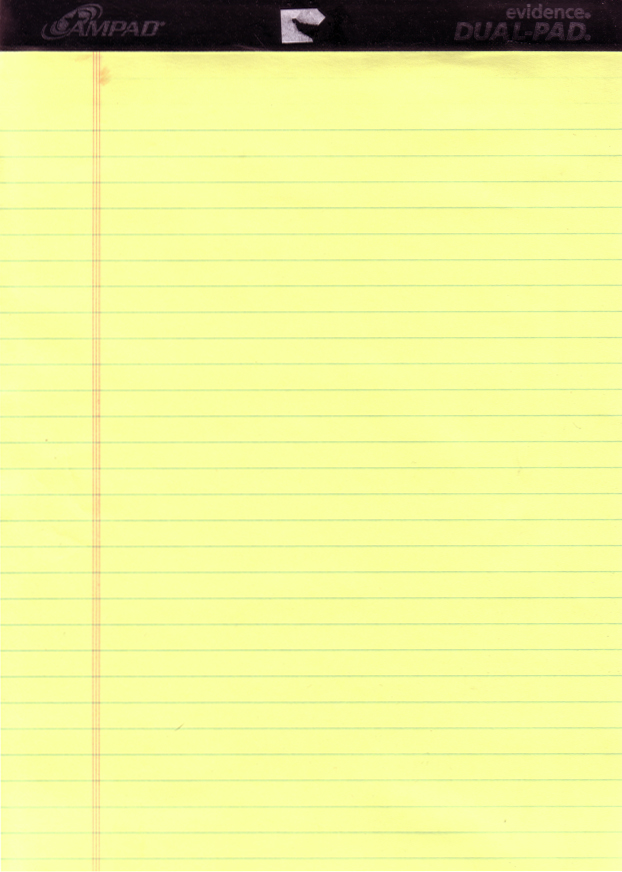You are a: DIPROSOPIC PARAPAGUS
You have one head, one body, but two faces, partially merged, with a third eye in the center, two noses, and two mouths.
 From a distance, you look like anyone else. It is only those you allow
close enough to look into your eyes who will see your true nature,
which is emergent. You are neither one thing nor a different thing, but
rather the difference just emerging from within the one. Walking down
the street, you seem to hear other footsteps keeping pace with yours.
Speaking, you hear your every word echoed, but so quickly you cannot be
sure it is not your imagination. Reading, you see double; every word
seems out of register. Never at ease, you are haunted by a feeling that
something is about to happen. It never does; or rather, when things do
happen, it is evident that they do not exhaust the sense of imminence
that bothers you. When you close your third eye, and try to look at
things as others do, you see all the more clearly the fissure in the
heart of things. Maybe because your ordinary eyes are farther apart
than theirs, you can tell, as singletons cannot, that the fat and
friendly world they see as one is really the forced marriage of two
parts that are already sliding apart—product of the binocular point of
view. And when you close both ordinary eyes, and look at the world
through the third eye that partakes equally in both parts of you, you
begin to glimpse the world as it truly is: a scatter of sequins, a
broken mirror. Your literary form is the off-rhyme.
From a distance, you look like anyone else. It is only those you allow
close enough to look into your eyes who will see your true nature,
which is emergent. You are neither one thing nor a different thing, but
rather the difference just emerging from within the one. Walking down
the street, you seem to hear other footsteps keeping pace with yours.
Speaking, you hear your every word echoed, but so quickly you cannot be
sure it is not your imagination. Reading, you see double; every word
seems out of register. Never at ease, you are haunted by a feeling that
something is about to happen. It never does; or rather, when things do
happen, it is evident that they do not exhaust the sense of imminence
that bothers you. When you close your third eye, and try to look at
things as others do, you see all the more clearly the fissure in the
heart of things. Maybe because your ordinary eyes are farther apart
than theirs, you can tell, as singletons cannot, that the fat and
friendly world they see as one is really the forced marriage of two
parts that are already sliding apart—product of the binocular point of
view. And when you close both ordinary eyes, and look at the world
through the third eye that partakes equally in both parts of you, you
begin to glimpse the world as it truly is: a scatter of sequins, a
broken mirror. Your literary form is the off-rhyme.
 You are related to...
You are related to...The Two-Headed Lamb in Walter Potter's Museum of Curiosities, who was born at Beeding Court Farm in West Sussex, around 1871.

